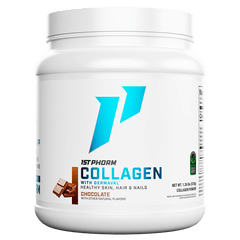THE 3-DAY WORKOUT SPLITS:
A GUIDE FOR ALL FITNESS LEVELS
A lot of people think that the only way to do "better" is to do more. More reps, more set, more time in the gym ... you name it.
Well, that's not always the case, especially in the gym. Rest is actually one of the most important factors in any workout program. In fact, you may be able to earn even better results by backing off on the volume and prioritizing rest!
This is why a 3-day workout split can be an extremely effective way to train. A 3-day workout split can help maximize your intensity and your rest at the same time.
...



























































